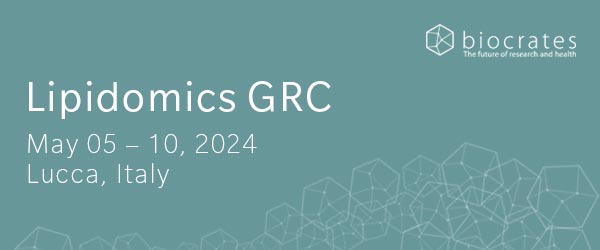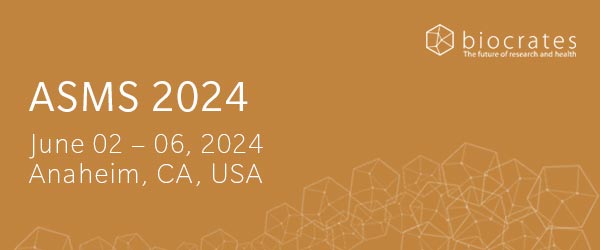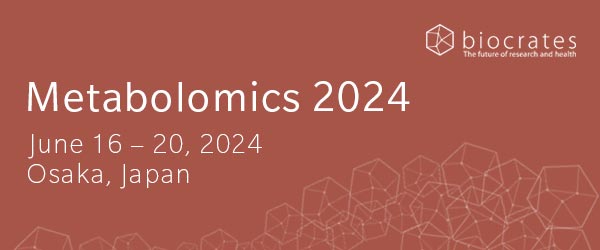With more than 20 hours of cutting-edge science in the rearview mirror, it’s time to reflect on our recent “Pan-cohort studies – the future of population health” meeting. We can’t do justice to all the excellent contributions in a short recap, so this post is a snapshot of the main themes. If you want to watch (or re-watch) the event in full, you’ll find the recordings of the 40+ keynote lectures, invited presentations and flash talks soon on our YouTube channel .
What was discussed?
The symposium covered a lot of ground in exploring how omics research collaborations are shaping a better understanding of health and disease, including:
• how omics technologies are being used to stratify patients with major chronic diseases and better understand rare diseases
• how the largest biobanking projects are contributing to population health
• how experimental research can be integrated with epidemiology to discover even more about individual variability
• the pitfalls and challenges of clinical cohort study design, including data collection, data protection and data integration
• the advantages of using metabolomics and other omics to collect extensive and diverse data sets (in compliance with FAIR data standards)
• the latest developments in data science tools and AI (and how to overcome data protection hurdles)
• new methods to integrate scientific findings to inform drug repurposing efforts and new lines of experimental research.
Reaffirming the value of cohort studies
Chronic disease presents an immense burden internationally, inhibiting individual and community well-being and putting strain on national finances. In the US, around 90 % of the healthcare budget is allocated to chronic diseases (CDC 2022) .The health economic impact for diabetes alone is expected to exceed €20 billion in Germany (Köster et al. 2012) and $300 billion in the US (American Diabetes Association 2018). These effects are likely to become amplified as populations age.
Cohort studies may be resource-intensive, but in this context, they are a worthy investment. Well-run cohort studies can help challenge the rising impact and cost of such diseases by increasing our understanding of these conditions so we can manage them most effectively.
To that end, Prof. Annette Peters’ fantastic keynote lecture demonstrated how cohort studies can help understand the five major groups of non-communicable diseases defined by WHO, and the associated risk factors.
Collaboration: from ideas to impact
Research in complex diseases and large cohort studies requires a wide range of expertise. Through this symposium, we sought to bring together a community of experts, and highlight the essential ingredients for successful epidemiology research, including biobanking standards, analytical expertise, and innovative bioinformatics tools.
Even the largest regional or national cohort cannot cover all factors that contribute to the variability in disease risk and outcomes, so sharing data on common risks and confounders, such as lifestyle, genetic background and socioeconomic status, is vital.
It was great to hear how biobanks and cohort studies in Asia, Europe and North America are emphasizing data interoperability.
We heard about several specific examples of how reproduction of results is achieved by design (such as the EPIC study, the SHIP studies with sister cohorts in Brazil and Poland, or the BRAINcommons platform). Other talks demonstrated successful reproduction of specific results through individual collaboration between cohorts. No one shied away from the challenges, and it was especially useful to see how others overcome the obstacles we may face in our own research.
Thank you!
A huge thank you to everyone who helped make the symposium a reality, especially our 40+ speakers who generously committed their time and expertise. We also owe gratitude to the local hosts, Prof. Masayuki Yamamoto (for Sendai), Prof. Annette Peters and Prof. Markus Gerhard (for Munich), and Prof. Jessica Lasky-Su (for Boston).
We hope you enjoyed the symposium as much as we did. Don’t hesitate to let us know your biggest takeaway and reach out to us if you have any questions about applying omics technologies to your study.
References
American Diabetes Association: Economic Costs of Diabetes in the U.S. in 2017 (2018) National Library of Medicine | http://doi.org/10.2337/dci18-0007
Centers for disease Control and Prevention (CDC): Health and Economic Costs of Chronic diseases (Entered October 18, 2022) | https://www.cdc.gov/chronicdisease/about/costs/index.htm
Köster I. et al.: Follow up of the CoDiM-Study: Cost of diabetes mellitus 2000–2009 (2012) Dtsch Med Wochenschr | http://doi.org/10.1055/s-0032-1304891



